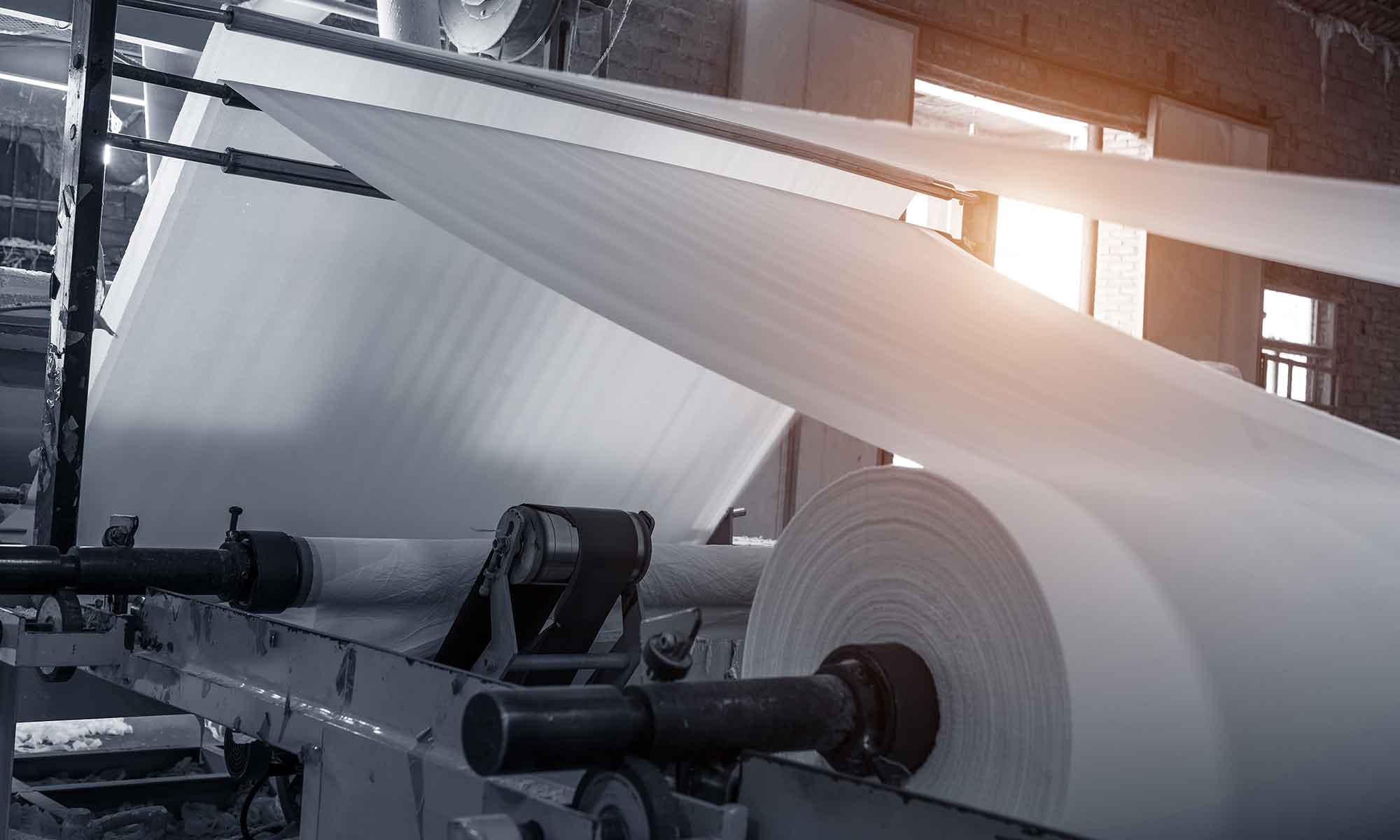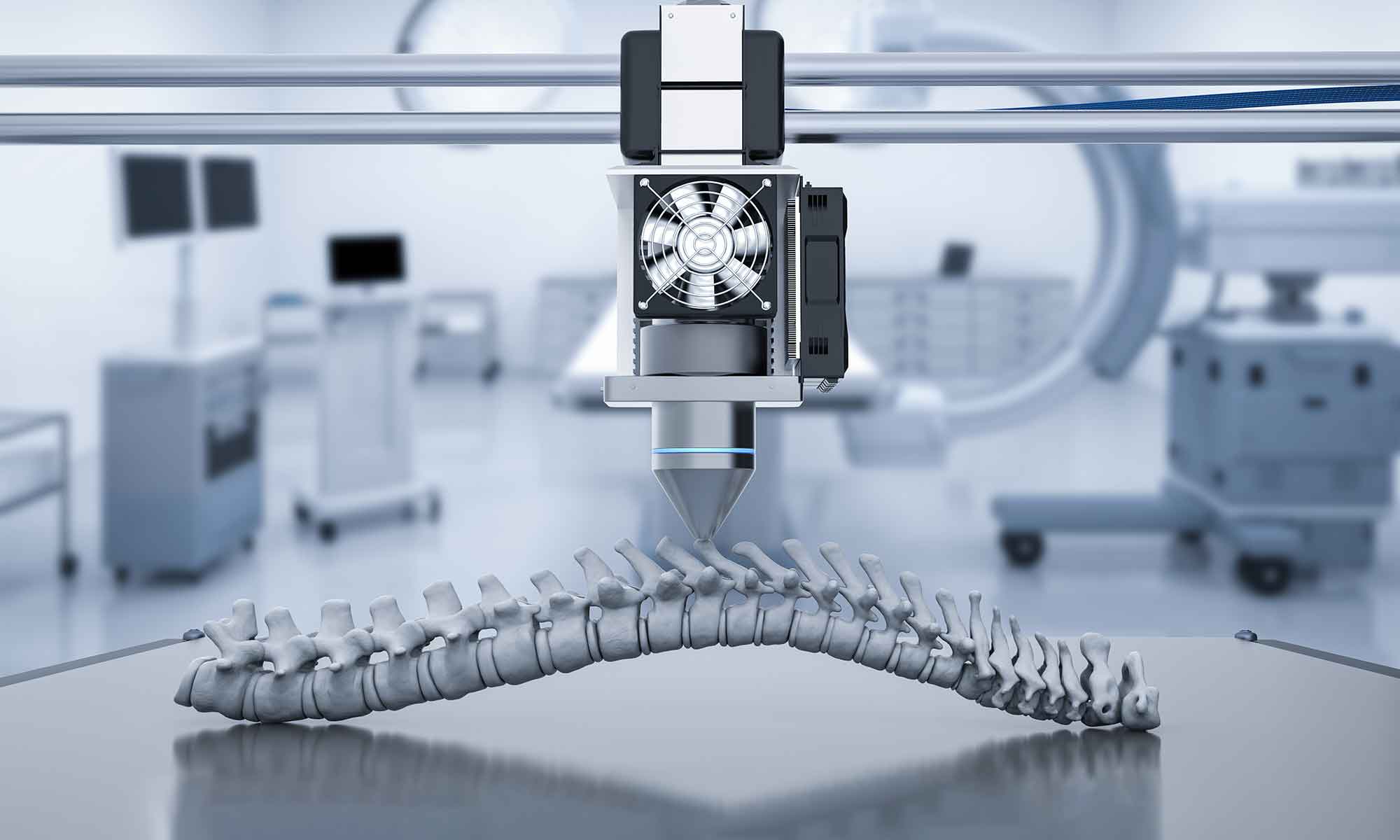This is what the Interreg VlaNed project GREENER (a bio-based and biodegradable polyacrylic acid alternatives) is working on.
Useful, non-toxic alternatives are, for example, polyaspartates (PolyASPs). During an online workshop in early October, this research and a number of applications were reviewed. Sofya Vynnytska, PhD student of Maastricht University told about the state of affairs of her research on the synthesis and properties of polyaspartate copolymers for coating applications and Lauren de Grave, PhD student of Ghent University elaborated on her research on polyaspartate crosslinked polymers for self-healing concrete or biomedical applications.
Industrial applications
Also three industrial partners within GREENER spoke about practical applications of PolyASPs: GOVI, Millvision and Tenco DDM.
GOVI from Drongen (B) makes customised process chemicals and additives and is market leader in waxes and soaps. Jan Cocquyt, R&D manager of GOVI: “We work with water-based emulsions and dispersions and with oleochemistry, with which we make soaps and esters. PolyASP and its derivatives allow us to improve the performance of our products. They are also biobased, renewable and biodegradable, so they fit into our vision of sustainability.”
Millvision from Raamsdonksveer (NL) is traditionally a research and consultancy company that focuses on the processing of biomass, agricultural waste streams and fibre crops into paper, cardboard, biocomposites and concrete. R&D Manager Harm-Jan Thiewes: “Polymers are widely used in the paper industry, but we are concerned about CO2 emissions and are looking to make them more sustainable. We can use PolyASPs, for example, as a binder in coating formulations and in wet-end applications, to improve the strength and water-repellent properties of the paper, and as a binder. The results are promising.”
Tenco DDM from Genk (B) is a specialist in additive manufacturing for various applications, including medical implants that stimulate tissue regeneration. CEO Tom Castermans: “The speed and complexity of 3D printed products are increasing, and that places ever greater demands on the materials we use. That is why we are always looking for improvement. This is the reason for us to participate in GREENER.”
Related projects
Furthermore, two guest lectures were given by the project leaders of related Interreg projects. These projects do not yet use PolyASP, but in the future, the products developed in GREENER could also be incorporated. Professor Jean-Marie Raquez of the University of Mons (B) is leading the Interreg France-Wallonie-Vlaanderen project 3D4Med that aims to develop temporary, custom-made medical implants through 3D printing. Think of auxiliary structures for surgical interventions, or the repair of (bone) tissue after diseases or accidents. Not only the processability in production and mechanical properties of the material in the body are important, but also biocompatibility, non-toxicity and controllable degradability.
Professor Hubert Rahier of the Free University of Brussels (B) then gave an insight into the Interreg Vlaned project ‘Concrete to High Performance Concrete‘. While GREENER focuses on making concrete more durable by repairing cracks with polyASP superabsorbent networks, the project ‘Concrete to high-performance concrete’ aims at various innovative separation technologies by which the various fractions that make up concrete can be recovered. Sand and granulate can be reused and the cement can be reused as a binding agent. This significantly reduces the environmental impact of concrete.
The event was concluded with four workshops. The GREENER project will continue until the end of August 2022. For more information, please visit the GREENER website.
This article was written in cooperation with GREENER.
Image above: solarseven/Shutterstock






